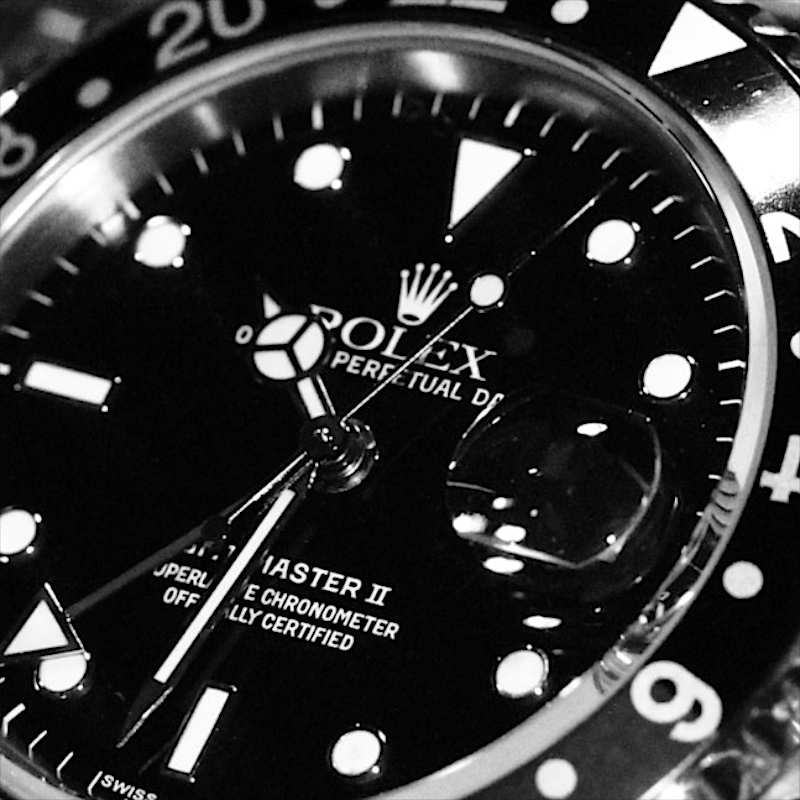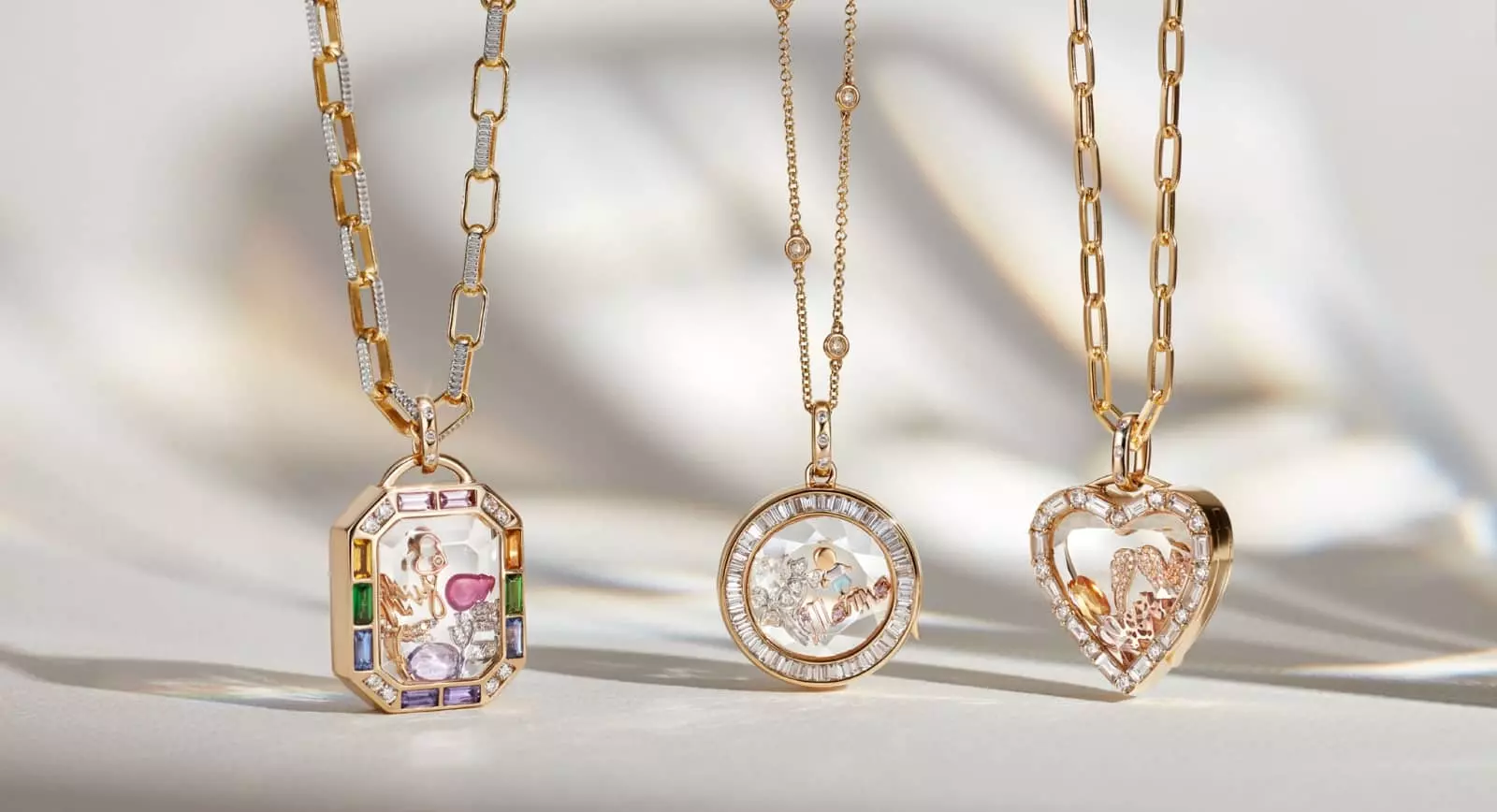Diamonds have long been the ultimate symbol of love, commitment, and timeless beauty. For centuries, people have sought unique ways to capture the sparkle and brilliance of these precious gems in jewelry, particularly in engagement rings. Among the numerous designs, pave diamond rings stand out for their delicate elegance and radiant shine. At the same time, the jewelry industry is witnessing a major shift with the growing popularity of lab-made diamonds, an ethical and innovative alternative to mined stones. Together, these trends represent a fascinating intersection of tradition and modernity in fine jewelry.
In this article, we’ll explore what makes pave settings so captivating, the science and ethics behind lab-created diamonds, and why the combination of these two elements is redefining luxury for a new generation.
Table of Contents
What Makes Pave Diamond Rings So Special?
The term pavé comes from the French word for “paved,” and it’s easy to see why. Pave diamond rings feature small diamonds set closely together, creating the illusion of a continuous sparkling surface—like a road paved with glistening gems.
This design is cherished for several reasons:
Maximized Brilliance
Even though the individual diamonds are small, their collective sparkle enhances the overall shine of the ring.
Timeless Elegance
The design works well with both classic solitaire center stones and more elaborate vintage-inspired pieces.
Versatility
Pave settings can be found in engagement rings, wedding bands, earrings, and pendants, making them suitable for all kinds of jewelry.
Customization
They allow for creativity, with jewelers often combining different diamond cuts or metals to craft a piece that feels personal and distinctive.
The artistry lies in how the diamonds are set so seamlessly, often using tiny prongs or beads of metal to hold them securely while minimizing visibility. This delicate craftsmanship is part of what makes pave diamond rings highly sought after.
Lab-Made Diamonds: A Modern Alternative
While pave settings emphasize design, the type of diamond chosen also matters greatly. Increasingly, buyers are considering lab-made diamonds as an alternative to mined stones. These diamonds are not imitations—they share the same chemical, physical, and optical properties as natural diamonds. The only difference lies in their origin: instead of forming over billions of years beneath the Earth’s surface, they are created in controlled laboratory environments using advanced technology.
Methods of Creation
There are two primary methods for growing diamonds in labs:
- High Pressure, High Temperature (HPHT): This process mimics the natural conditions under which diamonds form deep underground.
- Chemical Vapor Deposition (CVD): A newer technique that involves breaking down carbon-rich gases to allow diamond crystals to grow layer by layer.
The result is a diamond that is nearly indistinguishable from one mined from the Earth. Even gemological experts often need specialized equipment to tell them apart.
Why Consumers Are Choosing Lab-Created Diamonds
The rising demand for lab-grown diamonds isn’t just about cost—although they typically come at a more accessible price point than mined diamonds of similar quality. Several factors make them appealing:
Ethical Sourcing
Lab-created stones avoid the concerns associated with conflict or “blood diamonds,” giving buyers peace of mind.
Environmental Impact
While no diamond production is completely without impact, lab-grown diamonds generally require fewer natural resources than mining.
Affordability
They allow consumers to purchase larger or higher-quality diamonds for the same budget.
Transparency
With increasing awareness of supply chain ethics, many customers appreciate the traceability that lab-created gems offer.
These factors make lab-made diamonds particularly attractive to younger generations, who value sustainability and conscious consumerism alongside beauty and luxury.
The Perfect Pairing: Pave Settings with Lab-Made Diamonds
When pave settings meet lab-grown diamonds, the combination offers both artistry and innovation. Imagine a band of gold or platinum adorned with dozens of tiny lab-created diamonds, each sparkling just as brilliantly as mined stones—but with a modern, ethical twist.
Pave designs are especially well-suited for lab-grown diamonds because:
Smaller Stones Shine Just as Brightly
Since pave rings often feature numerous small diamonds, the cost savings of lab-created gems allow jewelers to design more intricate pieces without driving up prices.
Customization Becomes More Affordable
Couples can allocate their budget toward a larger center stone or more elaborate designs while still maintaining high quality.
Ethical Beauty Meets Timeless Design
For those who want a meaningful piece of jewelry that reflects both love and values, combining pave artistry with lab-made diamonds creates a powerful statement.
Whether it’s an engagement ring that captures the essence of romance or a wedding band that celebrates shared values, the pairing of pave settings with lab-created diamonds resonates with modern sensibilities.
Caring for Pave Diamond Rings
Regardless of whether you choose mined or lab-created stones, proper care is essential to keep pave settings looking their best. Because the design uses many small diamonds and tiny prongs, regular maintenance helps preserve the ring’s sparkle and integrity.
Gentle Cleaning
Use warm water, mild soap, and a soft brush to clean between the diamonds.
Professional Inspections
Jewelers can check the prongs to ensure the small stones remain secure.
Avoiding Harsh Wear
Pave settings are delicate, so removing the ring during strenuous activities or when handling chemicals helps extend its life.
With the right care, pave rings—especially those with lab-grown diamonds—can last for generations, combining modern technology with enduring craftsmanship.
The Future of Diamond Jewelry
The jewelry industry is undergoing a transformation. Once, the appeal of diamonds rested solely on rarity and tradition. Today, innovation, ethics, and personal expression play just as important a role. Pave settings continue to captivate with their timeless charm, while lab-created diamonds represent the future: sustainable, affordable, and indistinguishable from mined gems.
As these two trends converge, they offer something extraordinary: jewelry that sparkles not just with brilliance, but with meaning. A pave diamond ring adorned with lab-made diamonds isn’t just a piece of jewelry—it’s a symbol of modern love, where beauty and responsibility shine side by side.
Conclusion
Pave diamond rings have earned their place as one of the most cherished styles in fine jewelry, admired for their shimmer and intricate design. lab made diamonds, meanwhile, are redefining what luxury means in the 21st century—proving that beauty doesn’t have to come at the expense of ethics or affordability.
Together, these two elements create a perfect harmony, appealing to couples who want their jewelry to reflect not only their love but also their values. Whether you’re choosing an engagement ring, a wedding band, or a special gift, considering pave settings and lab-created diamonds offers the chance to embrace both tradition and innovation in one dazzling piece.




